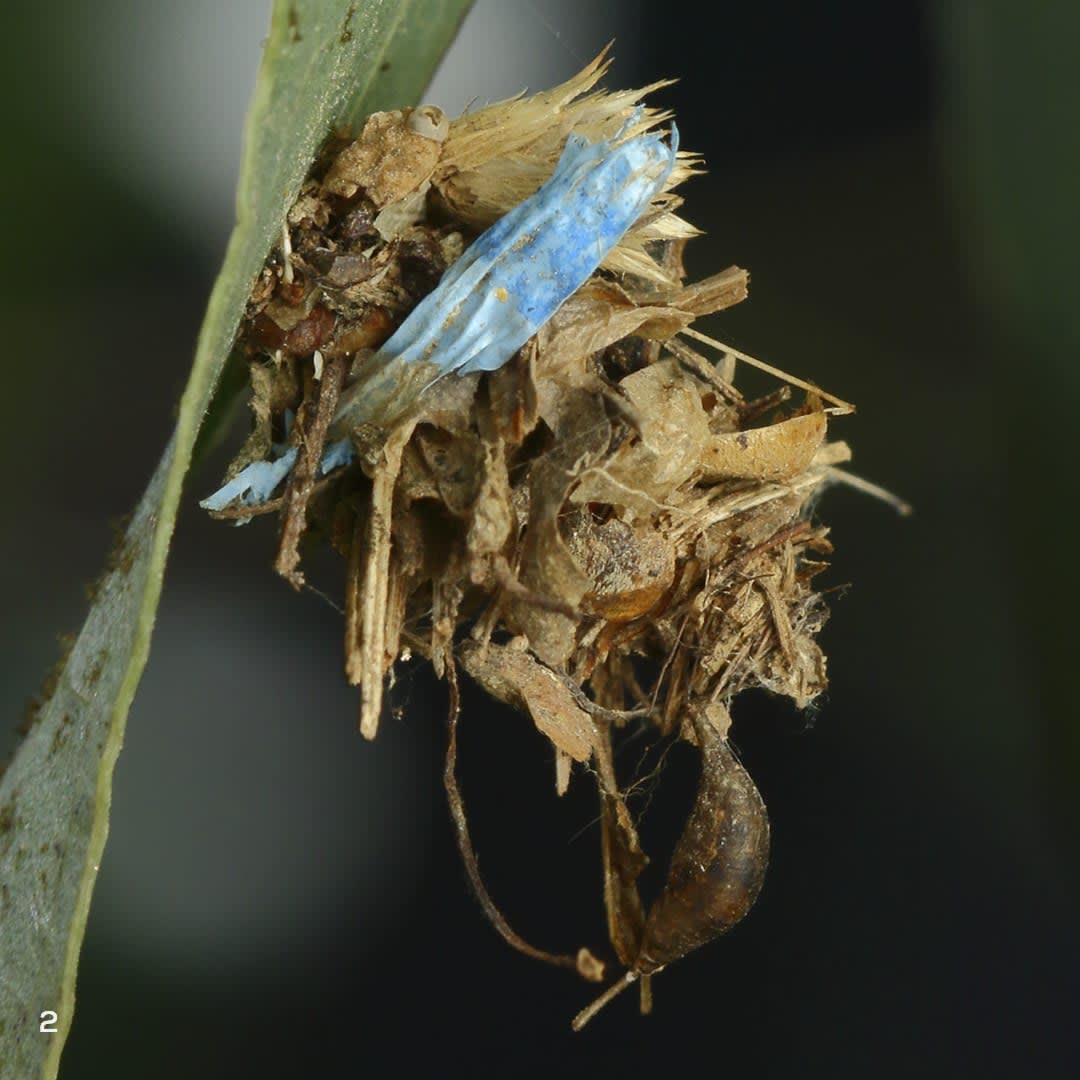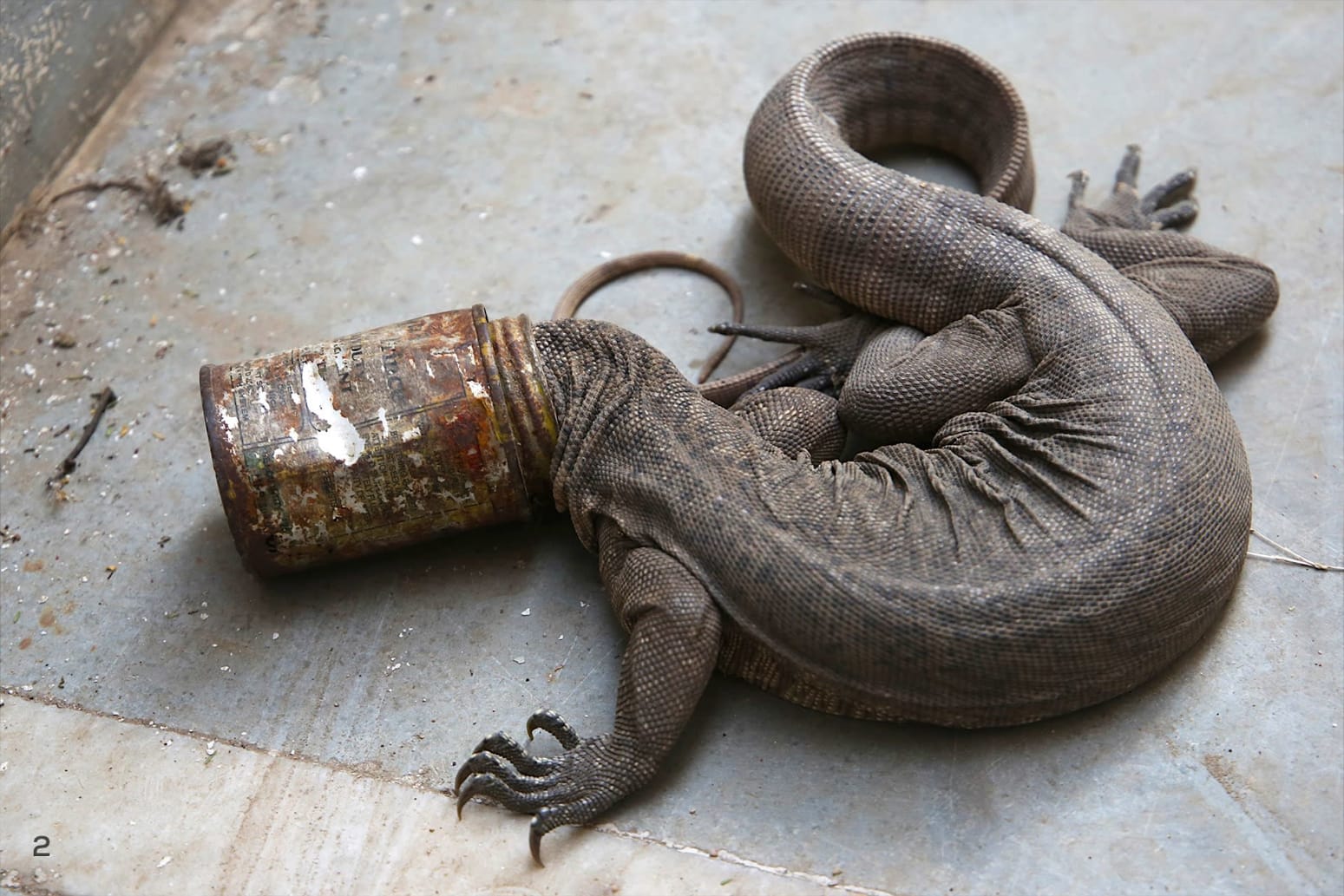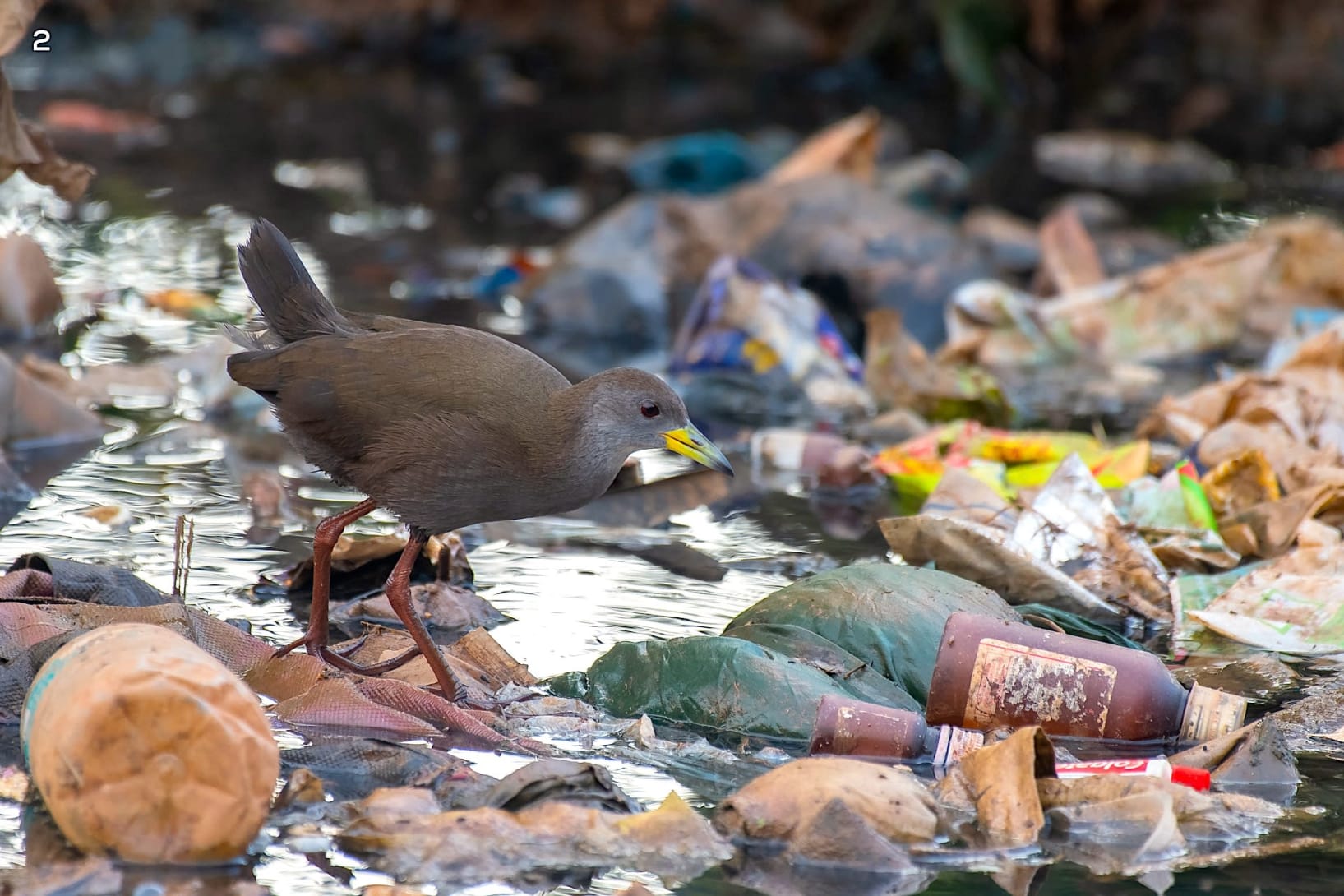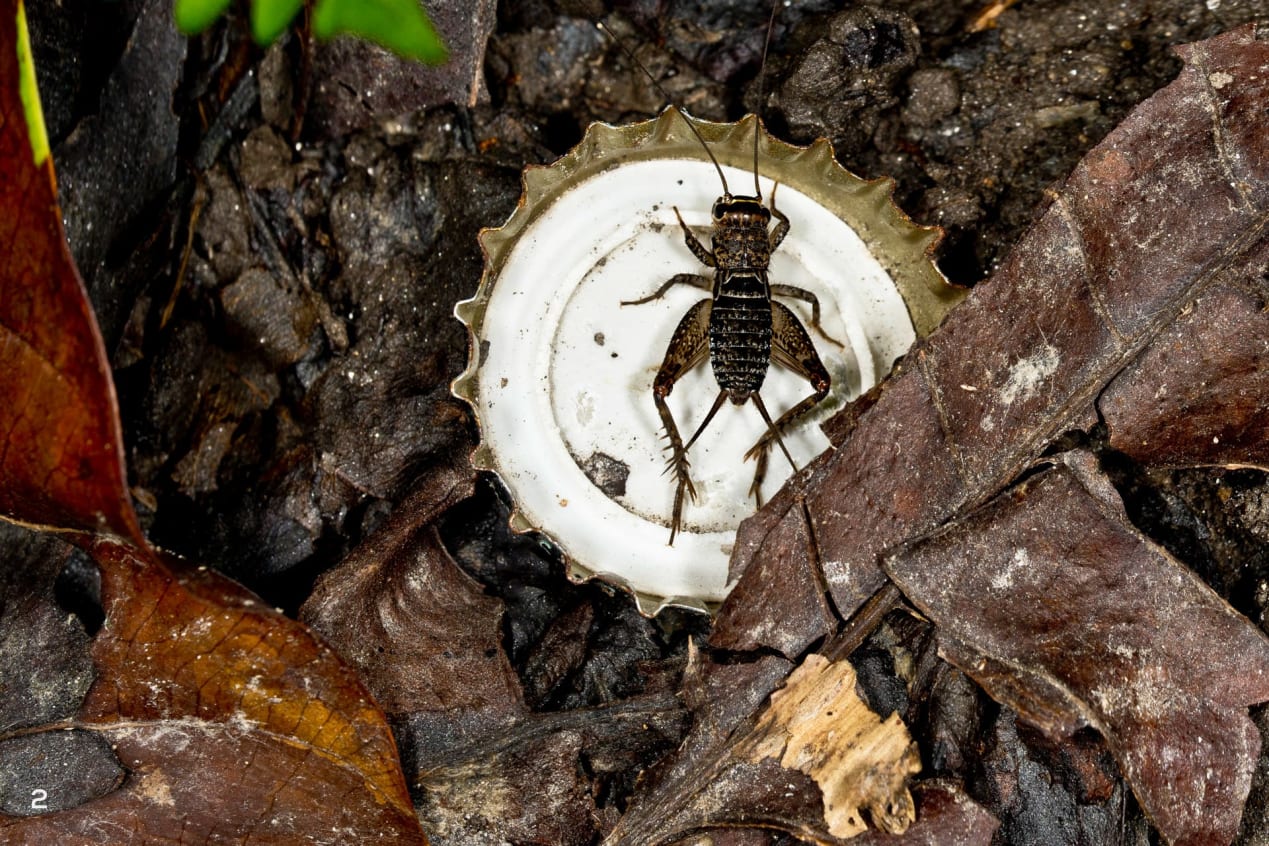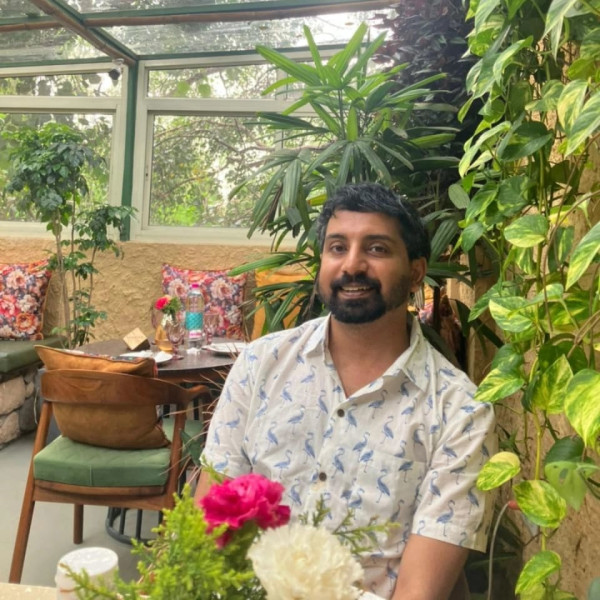 Listen to this article
•
15:34 min
Listen to this article
•
15:34 min
“Isn’t this where these birds live?” a colleague asked innocuously as we paused over a photo of black kites scavenging at a landfill. We were debating whether the image portrayed the theme “A World of Waste” for Uncontest 2024, a collaborative photo story showcasing how trash impacts wild species and the spaces around us.
A few of us who live in the NCR have occasionally stopped on our way to work, amazed at the sheer number of black kites scavenging at the Ghazipur landfill on the Delhi-Uttar Pradesh border. These kites are among the most common raptors in India. They often circle the skies, scanning the ground for small reptiles, frogs, rodents, offal, and carcasses. In cities, they exist in the hundreds, particularly at landfills. While black kites have benefitted from the human modification of their habitats, other wild species often aren’t as lucky.
Writer Cara Tejpal, one of the Uncontest 2024 judges, said, “I’m no great photographer, so I left the judgement on technique to the pros — Sachin Rai and Dhritiman Mukherjee. I was looking for images that tell a story; images that are poignant, compelling, and drive home the crude reality that no habitat is spared from human rubbish. I think our final selection reflects the diversity of species and environments that are now choked with filth and serve as some sort of call to action.”
The 15 images the judges chose showcase how trash has infiltrated our wetlands, mountains, forests, and coasts. They reinforce the fact that our world has a chronic waste problem. And the sooner we acknowledge its scale, the faster we can address the issue. “A photo can change our mind. Photographers can create an impact with the help of visual storytelling, inspire people, disseminate information, and make people conscious. While judging Uncontest 2024, we looked for photographs that brought forth new issues and fresher perspectives,” explains Dhritiman Mukherjee.
Rocky Singh, TV Host and Co-Founder, IndiAves, said, "We humans create trash and dump it everywhere. Nature, on the other hand, repurposes trash and uses it to create new life."

These two images of wild animals foraging in filth tell the story of how authorities are as culpable as tourists for improper waste disposal.
(1) Two Himalayan brown bears scan through a garbage dump along a highway in Drass, Ladakh. One of four species of bears found in India, the Himalayan brown bear lives in the high-altitude ranges of Jammu and Kashmir, Ladakh, Himachal Pradesh, and Uttarakhand. The easy availability of food at garbage dumps is altering the natural behaviour of bears across India, increasing the risk of human-bear conflict. “The hibernation period of Himalayan brown bears begins in October. Before hibernating, these bears come down to villages every night in search of food. One evening, I was returning from my photography tour when we noticed a fire by the road. Our guide told us that the Indian army sometimes uses these lands to dispose and burn their waste,” revealed Suman Paul. Photo: Suman Paul
(2) A pair of Indian crested porcupines rummage through trash near a resthouse maintained by the forest department at Pampadum Shola National Park, Kerala. The natural diet of these porcupines comprises fruits, grains, roots, and other vegetable matter. But here, these nocturnal animals were using a trench around the house as a makeshift pantry. “We were camping in the heart of the national park when we heard some sounds in the evening behind our resthouse. Curious about the source of the sound, we cautiously ventured out with our torches to discover these porcupines in the trench. The trench, meant to keep large animals at bay, had been littered by picnickers, tourists, and forest officials. There was no waste management system in sight. Sighting these nocturnal mammals was a stark reminder of how human-generated waste disrupts animal ecology even in protected areas,” stated Adithi Muralidhar. Photo: Adithi Muralidhar

(1) A red ghost crab negotiates its way through discarded face masks, food packets, slippers, and glass bottles at the seaside village of Mandarmani in West Bengal. Red ghost crabs create a brilliant red spectacle on the beach when they assemble in their thousands. While adding beauty to the landscape, these agile, burrowing crabs play a critical role in the ecosystem by decomposing organic debris and serving as prey for larger animals. But what the crab does when faced with inorganic debris is anybody’s guess. Photo: Kallol Mukherjee
(2) A bagworm moth caterpillar usually builds its protective shell with organic materials such as leaves and twigs. But this caterpillar, photographed at Kasavanahalli Lake in Bengaluru, has turned to plastic waste to fortify its shell. It may have picked this waste plastic from a sewage drain beside the lake. This image reinforces how pervasive plastic waste is in our cities. Photo: Aaditya Deodhar
(1) A yellow monitor lizard peeks out of a pond full of garbage near Joka Metro Station in Kolkata. Unaware of the threat posed by the toxins in the water, the lizard was keen to find its way to chicken feathers and blood dumped into the pond from an adjacent meat shop. Life is not easy for the yellow monitor lizard, whose habitat coincides with one of the highest human population density areas in India, Nepal, and Bangladesh. Photo: Swati Das
(2) A Bengal monitor lizard gets its head stuck in a discarded tin can at a house in Agra. Though Bengal monitors are carnivorous lizards, they also scavenge for food. Thankfully, this lizard on the lookout for an easy meal didn’t meet an unfortunate end. Residents quickly alerted wildlife rescuers, who freed the lizard and released it at Soor Sarovar Bird Sanctuary. “I work as a documentation officer at an NGO and took this photo during a rescue operation. I have been a part of many similar rescue operations during which I am constantly reminded of how improper waste disposal creates death traps for wild animals,” asserts Mradul Pathak. Photo: Mradul Pathak

Wetlands are often considered wastelands, and that’s where most of our urban trash ends up. Today, they are one of our planet’s most polluted and threatened ecosystems.
(1) An Indian pond heron uses a discarded object as a perch to look out for prey at Ninora Tal in Khajuraho. Most villages nearby use the wetland, Khajur Lake, to dump waste and sewage. Ironically, a part of the lake is used to cultivate water chestnut. One can only guess the impact the chemicals leaching from the lake’s plastic waste have on birds and humans. Photo: Sirsendu Gayen
(2) A brown crake forages in a creek connected to Navalur Lake in Dharwad, Karnataka. What was once a pristine habitat for wildlife is now where most of the city’s waste ends up. “Locals use the lake to wash clothes or collect water for personal use, but the streams around are primarily used to dump waste. There is also a dairy nearby which releases its waste into the waterbodies. One can see a foam-like substance forming in the streams regularly,” says Anirudh Kamakeri. Photo: Anirudh Kamakeri

Common Indian toads seek the support of a piece of thermocol as they congregate to mate in a pool near Chirma Devi Temple in Thane. These toads, widely distributed in South and Southeast Asia, are also called the common Asian toad. Like toads, thermocol is widely distributed, and for all the wrong reasons. Thermocol takes hundreds of years to decompose in the environment. Yet, it is used widely as packaging material and eventually ends up in landfills and waste dumps. Photo: Rakesh Jadhav
(2) A cricket rests on the cap of a discarded beer bottle at Tapurhat forest in Cooch Behar. The area, which was initially developed as a children’s park, is now an abandoned forest frequented by drunks who leave behind plastic and glass bottles after their nocturnal revelry. “This biodiverse forest under the West Bengal Forest Department is manned by one or two guards, who are least bothered about the antisocial activities taking place,” Anirban Dutta complains. Photo: Anirban Dutta








